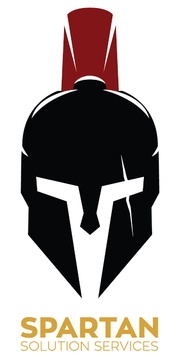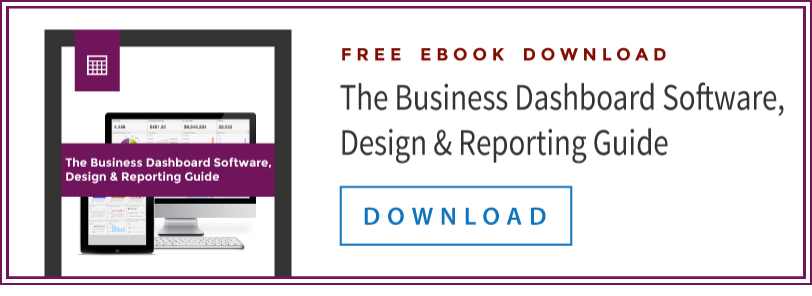Many companies often throw around terms such as business intelligence, but it's unclear whether they're really using data to make decisions that benefit their business model.
Don't be like those companies who aren't considering all of the factors in their data analysis process!
Is It Time to Go Back to the Drawing Board?
This is the question that leaders must ask is when they are planning which software to use in their next BI process and strategy. For companies with outdated data analysis, disconnected systems, or who havent strategized in several years, it's definitely time to re-conceptualize how work gets done. The more entrenched the present business systems are, the greater the mindset shift is required for real change to occur.
While it may seem like a daunting task, take some time to think about whether your current strategy and process really is working for you. If not - read on.
The Answer is in the Planning Stage
In the Harvard Business Review,Benjamin Gilad and Magnus Hoppe wrote about the best ways for companies to use their competitive business intelligence. They recounted how Nestle lost millions after recalling its Maggi noodles in India's Uttar Pradesh state. This move came after an announcement by a local food-safety commissioner that a batch of Maggi noodles contained seven times the acceptable level of lead for humans.
Well, if all businesses could use the concept of hindsight being 20-20, they would be able to capitalize on more opportunities, to quickly abandon ideas that wouldn't work in the present market, and to protect their company from the fallout of a product recall. A bigger question is what companies like Nestle actually learn in the aftermath of a Maggi noodles situation. How do they change their business model to prevent similar events from happening in the future?
Download our FREE eBook The Business Dashboard Software, Design & Reporting Guide.
The Gumption to Think Differently
Gilad and Hoppe recommend the following for companies seeking better use of their BI: "We must start to think differently about how business, management, and strategic intelligence works. What companies need today isn’t meticulous plans, but to constantly reassess the business and its markets and competitors."
In a nutshell, the top business leaders from every division in a company should sit down regularly to discuss the meaning of different data indicators. Even if a predictive analytics model that a company uses includes past and present data to predict future trends, a business still needs to engage in human analysis.
They also note: "In other words, the goal for strategic intelligence is not to collect market information to make plans, but to use that information to generate insights that in turn support ever-changing perspectives."
If companies are to learn from the past, their leaders must not be afraid to embrace new ideas on conducting business operations. Consider the Nestle example. Somewhere along the way, internal quality control methods for testing Maggi noodles failed. Otherwise, the company would not have produced a batch of noodles containing such dangerous levels of lead. If, on the other hand, the findings of the commissioner on food safety were false, the company should have found a better strategy for repairing the damage.
When companies proactively make improvements to their business model based on their BI, such as tweaking the steps in affected business processes once a product fails, they are building for the future.





